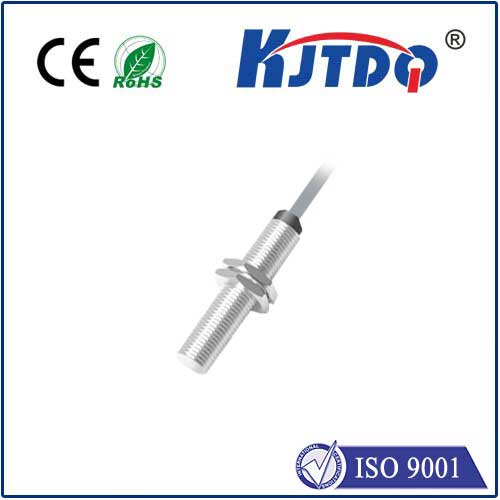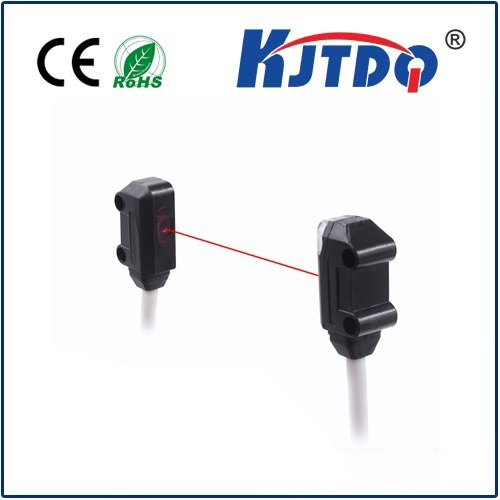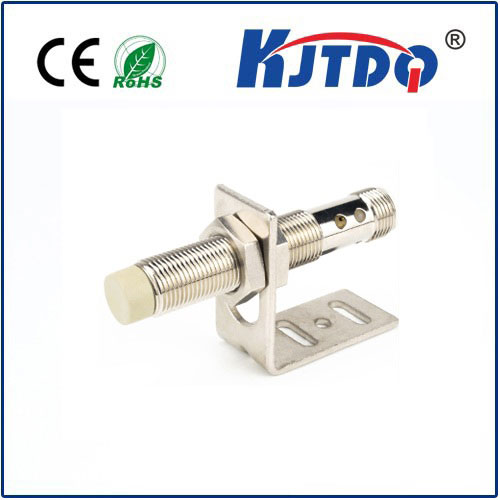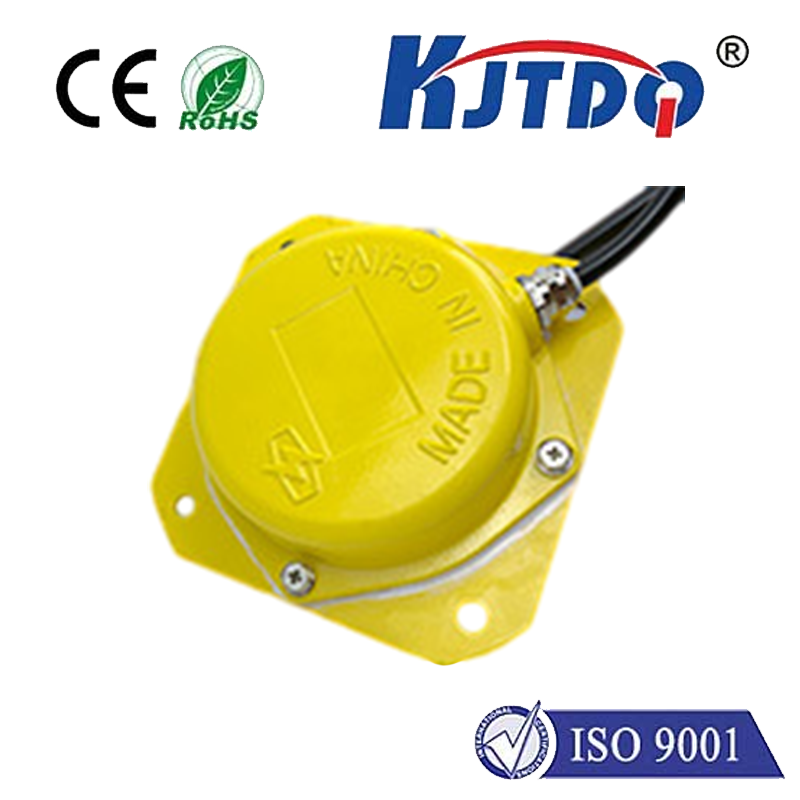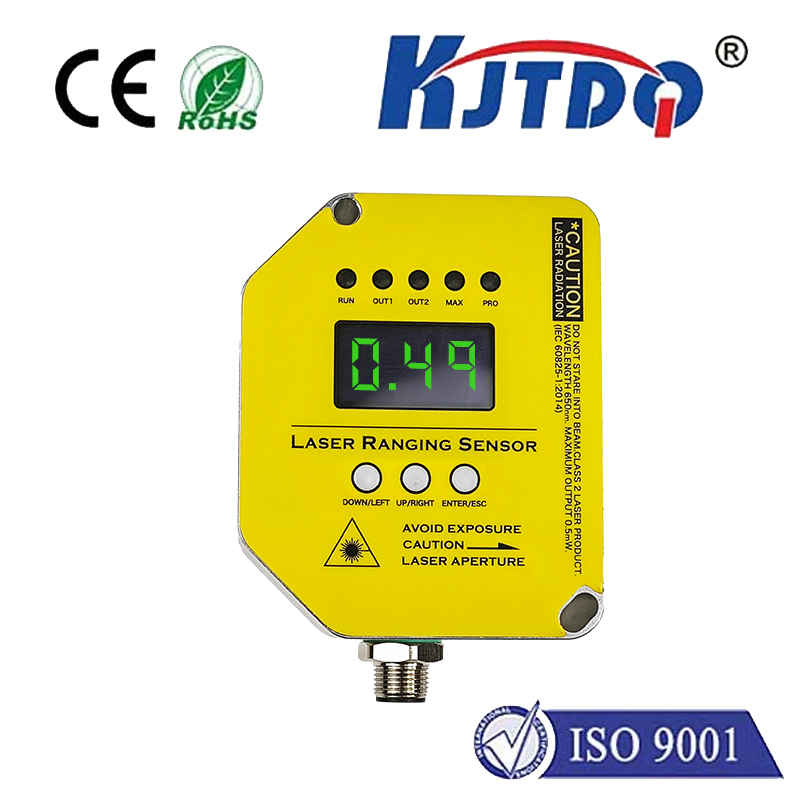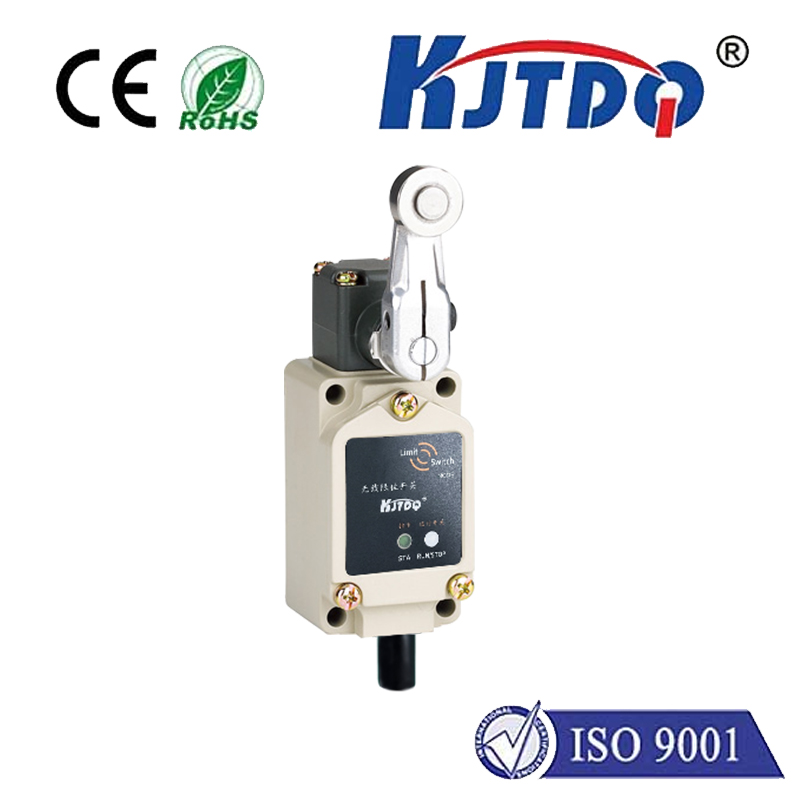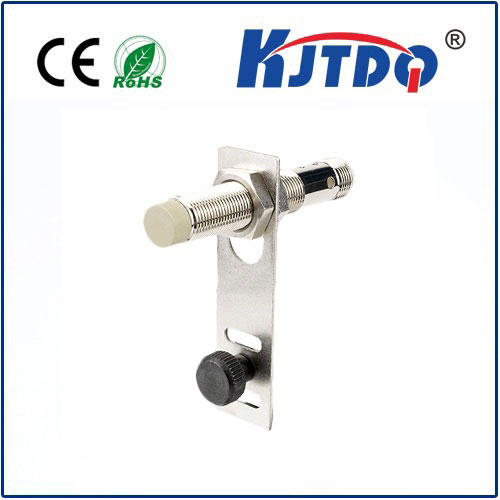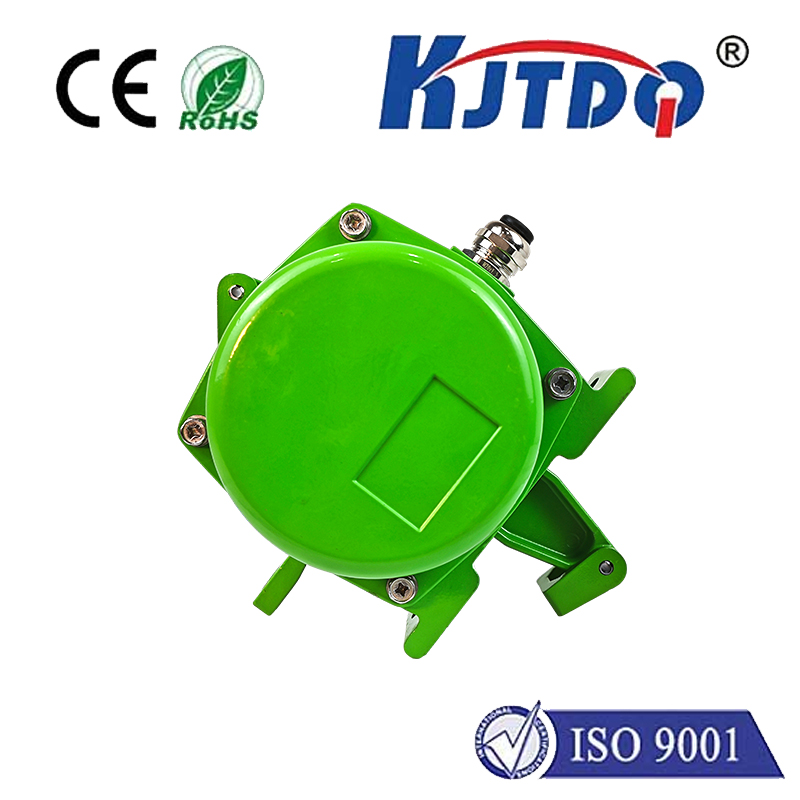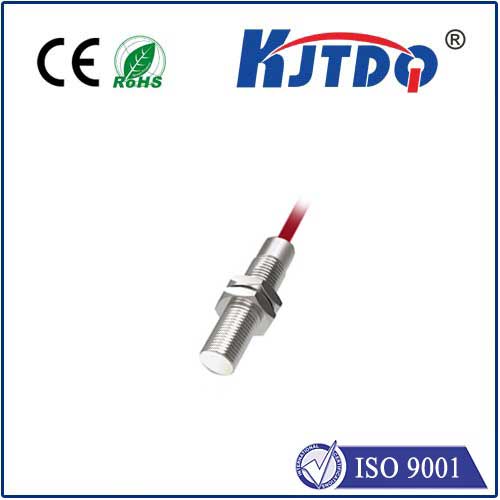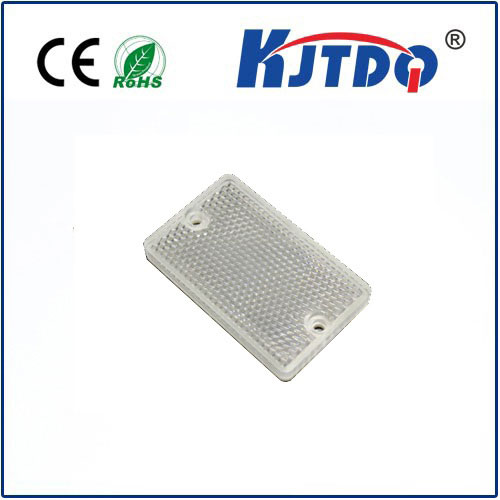
check

check

check

check

Title: The Versatility and Advantages of Analog Photoelectric Sensors In the world of automation and advanced technology, sensors play a crucial role in enabling devices to respond to physical stimuli. Among the myriad of sensors available, analog photoelectric sensors stand out for their versatility, accuracy, and reliability. In this article, we will explore the features, benefits, and applications of analog photoelectric sensors. An analog photoelectric sensor is a device that uses light to detect changes in physical parameters such as distance, speed, or presence. Unlike digital sensors that output a binary signal (on/off), analog photoelectric sensors provide a continuous output signal proportional to the measured value. This makes them ideal for applications where precise measurements are essential. One of the key advantages of analog photoelectric sensors is their ability to measure a wide range of parameters. They can be used to detect the position, speed, or color of an object, making them versatile tools in various industries. Additionally, their high sensitivity allows them to detect even the slightest changes in the measured parameter, ensuring accurate and reliable results. Another advantage of analog photoelectric sensors is their fast response time. They can quickly react to changes in the measured parameter, making them suitable for real-time monitoring and control applications. Furthermore, their compact size and ease of integration make them ideal for use in space-constrained environments. Analog photoelectric sensors find applications in various fields, including industrial automation, automotive, consumer electronics, and medical devices. In industrial automation, they are used for process control, quality inspection, and safety purposes. In automotive applications, they are utilized for engine management, airbag deployment, and cruise control systems. In consumer electronics, they are employed in devices such as televisions, smartphones, and appliances for user interface and control functions. In the medical field, they are used in diagnostic equipment and patient monitoring systems. In conclusion, analog photoelectric sensors offer a unique combination of versatility, accuracy, and reliability, making them valuable tools in various industries. Their ability to measure a wide range of parameters, fast response time, and compact size make them suitable for numerous applications. As technology continues to advance, we can expect analog photoelectric sensors to play an even more significant role in shaping our future
